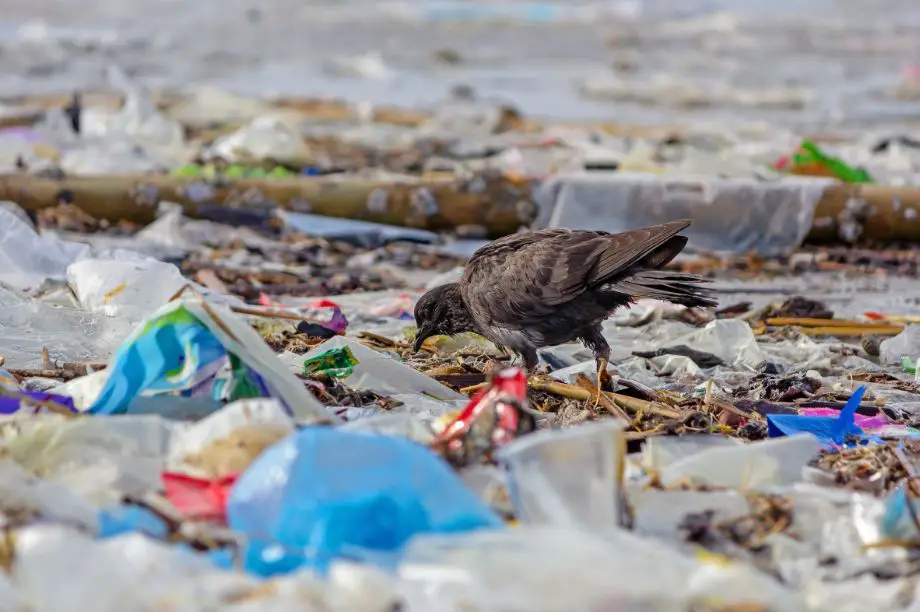Sorry Oscar, but I HATE trash. Case in point; marine garbage patches. What exactly are these giant, floating messes? Technically, these garbage patches, or suspended litter heaps, are concentrations of debris (usually consisting of small pieces of plastic) concentrated within a common area. Contrary to popular belief, there are no permanent “islands” being created in the middle of the ocean that can be detected via satellite. These collections of rubbish are, however, extremely harmful to marine ecosystems and enormously difficult to contain, clean and manage.
Garbage patches all around
There are several massive known aggregations throughout the world, identified as the Eastern Pacific (between Hawaii and California), Western Pacific (off the Coast of Japan) and North Pacific Subtropical Convergence Zone (north of Hawaii) garbage patches. There are also Atlantic equivalents to the Pacific concentrations (as debris will collect around major gyres, or large circulatory currents), although research is comparatively thin compared to those in the Pacific. While these are not the only places flotsam accumulates from human activities on the mainland, they are by far some of the biggest and the subject of great concern. Since their size and shape changes daily or seasonally, estimates of location and span are at time difficult to pin down in exact terms.
The vast majority of the masses are made up of plastics. From single-use bags to water bottles, plastics are responsible for chemical pollution through degradation, choking marine life who mistake objects for food (see the Guardian’s photo essay on Albatross death), and endangering entire ecosystems by disintegrating into tiny pieces which are taken up through the bottom of the food chain.
These particles are then accumulated upwards into the tissues of larger organisms, eventually reaching top predators and human beings who consume animals lower down on the food chain. Plastics are very hard to remove from the oceans as sunlight may reduce them into pieces unable to be captured by nets. Where trash collects, so does marine life, and attempts at skimming debris might also harm the creatures swimming amongst the junk. Major clean-up efforts would also use a large amount of fossil fuels to locate, process and haul the detritus out of the sea.
Bamboo: Ideal alternative to single-use plastic
Luckily, as individuals, we have the power to make decisions that can have large-scale effects. Water bottles and plastic bags, who are common occupants of these floating landfills, can be replaced with multiple use items such as cloth grocery sacks (like Blue Lotus’s stylish produce bags), thermoses, canteens and reusable water bottles. At Bambu Batu, we dig the sustainable and attractive Bamboo Bottle. We also offer an attractive assortment of re-usable bamboo utensil sets and sporks, to further reduce your dependency on disposable plastics.
Reducing the amount of plastics we use, as well as recycling and properly disposing of what we purchase, can go a long way to eliminate garbage patches. With just a modicum of effort, we can stem the flow of trash making its way into our oceans and food chain.
Further reading
To learn more about how bamboo can help us clean the planet, check out some of these other popular articles.

























